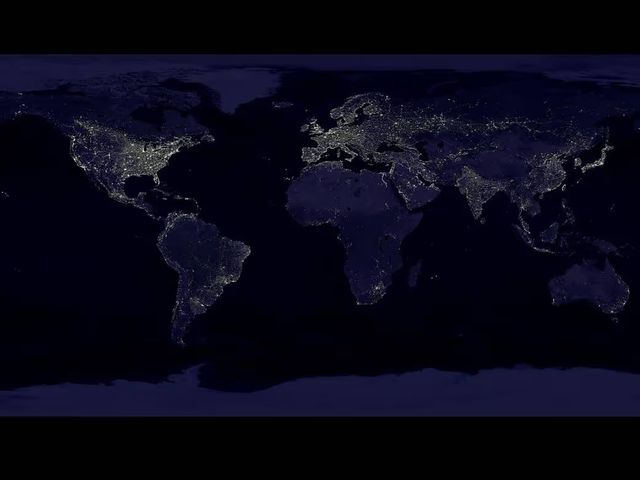Illuminating Truths: NASA vs. China's Nighttime Earth Images
Exploring Differences in Satellite Nighttime Imagery

A Stark Contrast Revealed
In a startling display of the Earth’s city lights, NASA’s images often show certain areas such as India and the United States in a brighter light compared to images released by Chinese satellites. The crisp images provided by NASA depict vividly lit towns and cities, suggesting higher electricity consumption and urban density.
In contrast, Chinese night images depict these nations as significantly dimmer, which starkly opposes the actual power usage data with China leading in electricity consumption globally.
This discrepancy poses several questions: Are these differences purely technical due to the variations in satellite technology, or might they reflect differing national approaches to data representation and possibly geopolitical messaging?
Investigating the Sources


Both sets of images are essential tools for understanding human activity and the changing planet. However, the publicly visible differences in nighttime brightness are quite compelling, prompting investigation into the credibility and intentions behind these rival compositions.
Reflecting on Global Electrification
The implications extend beyond data accuracy; they touch upon how nations present themselves and their capabilities to the world. As technological prowess becomes a significant marker of global status, the integrity of data and the motives behind its presentation become crucial elements of international dialogue.
Conclusion
This opposition in nighttime lighting on a global scale does not merely highlight technological differences; it reflects broader issues of trust and international relations. Further research and transparent dialogue are vital for harmonizing these global perspectives and ensuring that the spectacular views from space truthfully represent our world.





